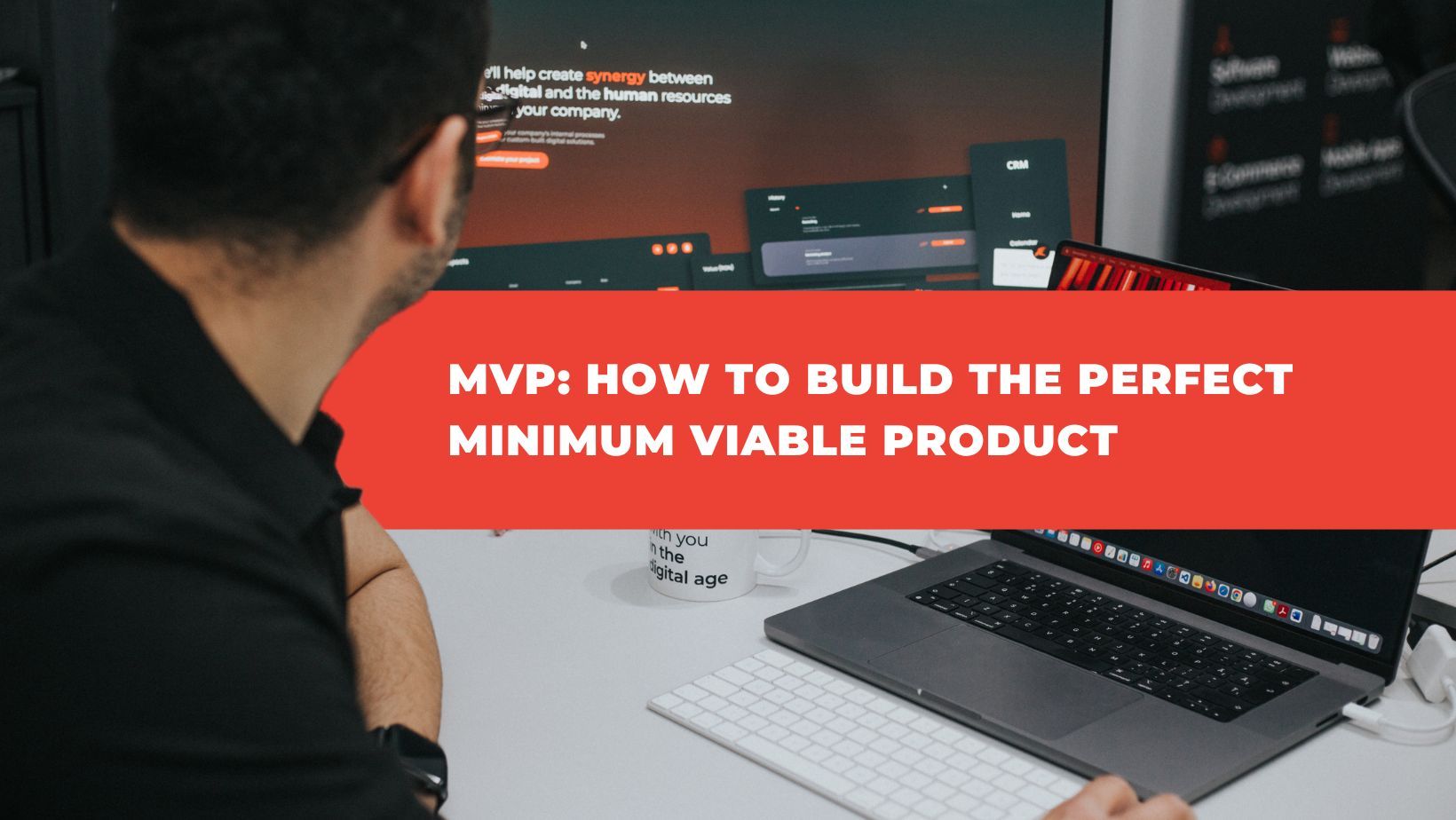In previous articles, we told you how important MVP is and how it can help you increase the success rate of your business. The MVP model is a great idea for any startup that wants a strong start with minimal overhead and major impact.
To better understand how the MVP (minimum viable product) model can help you, in this article, we detail what types there are and how you can build one.
The MVP model is a method used by entrepreneurs to test the waters before launching a product or service.
Instead of creating a product to market, only to have it fail, it's better to launch a minimal form of it to gather more information from your customers. This way you get a better understanding of the market you are about to launch into.
Types of MVP (Minimum viable product)
Depending on the stage in which your business is, you can develop two types of MVP: low fidelity and high fidelity.
The degree of fidelity is what percentage of the product is reflected in the final version. If the degree of fidelity is higher, then the product is more like your ideal variant.
Typically, startup entrepreneurs use MVPs that have low fidelity. They are more affordable, easier to create, and useful if you want to have a general idea of the product you want to launch.
MVPs with a higher degree of fidelity require more investigations but provide more specific data in subsequent stages.
Examples of Low fidelity MVP
A minimal landing page that includes the features of the product or service you are about to launch. With the help of this landing page, you can collect the email addresses of users to whom you can later send offers and newsletters.
Presenting a minimal version of the concept to help you figure out what your audience's feedback is. It can even be a clip that gets uploaded to the platforms and helps you gather the data you need. Creating a minimal app or page that shows how the product works. You will realize how the audience reacts to your product and how determined they are to buy it.
Examples of high-fidelity MVP
You can launch a minimum viable product with only one main feature, so you can see how the public reacts. Depending on the answer, you can make further improvements to the product or you can already prepare its full release. You can make a prototype available for pre-order to show the user how the product can work.
High-fidelity MVPs can be found on any platform or methodology.
Dropbox originally started in 2008 as a few-minute demo uploaded to Youtube.
The tutorial, a true example of an MVP, showcased the app and its goals and helped grow the waitlist to over 70,000 users. Therefore, even a video explaining what your product does is an MVP that can analyze the market and show you customer feedback.
What are the steps in building an MVP
Market research. Analyze the need you want to address and how your target group views your solution. You can conduct surveys or even study what your competitors are doing.
Define the problem you are dealing with and the solution you have. The problem must be a real one so you can find a market to address.
It identifies the main feature of the product. Instead of trying to launch the perfect product, launch a product with the main function. To do this, halve the features in order of importance. It then sets 2 main functions to make the choice easier.
Build the MVP. Once you've determined how to best represent your idea's core feature and minimize costs, you can bring your minimum viable product to market.
Launch the MVP. After launch, do your best to get as many people as possible to interact with your product.
If your MVP has positive feedback, you can increase loyalty. If the feedback isn't quite what you expected, don't give up on the idea. Find out what the problems are and work on improving your product.
If you want to create and launch an MVP for your business, Raisis Software is at your service. We build minimum viable products and offer integrated services to launch your business.
See more details about our services here: Raisis Software
